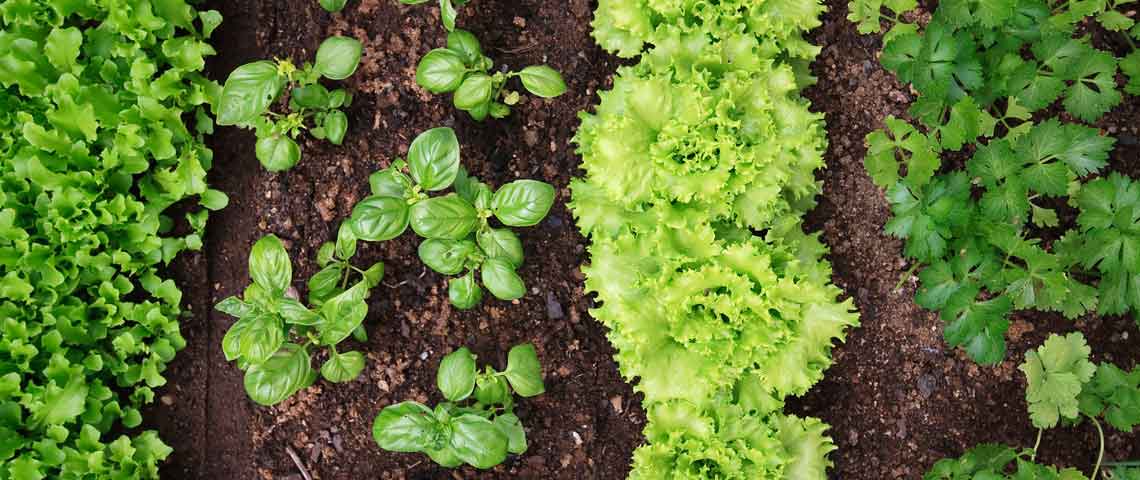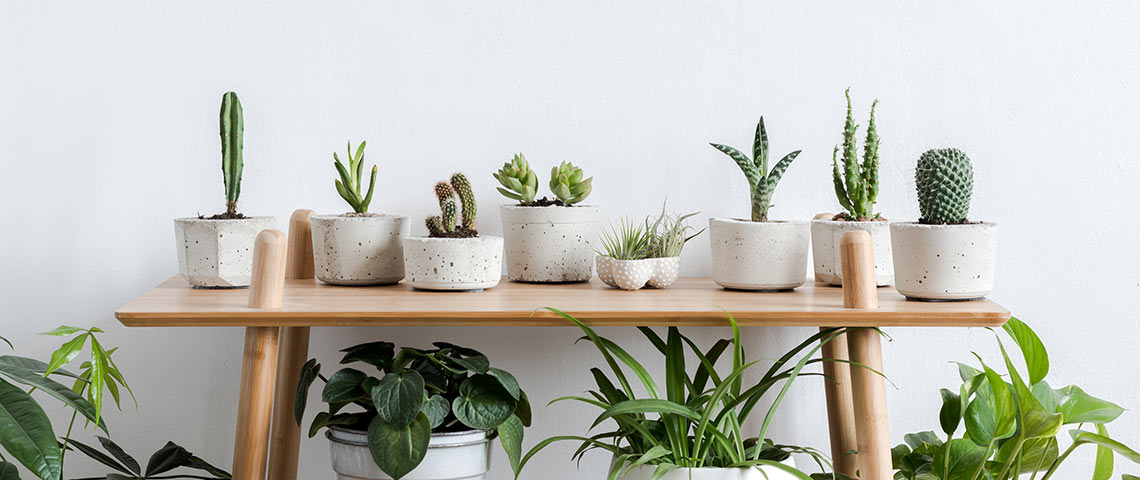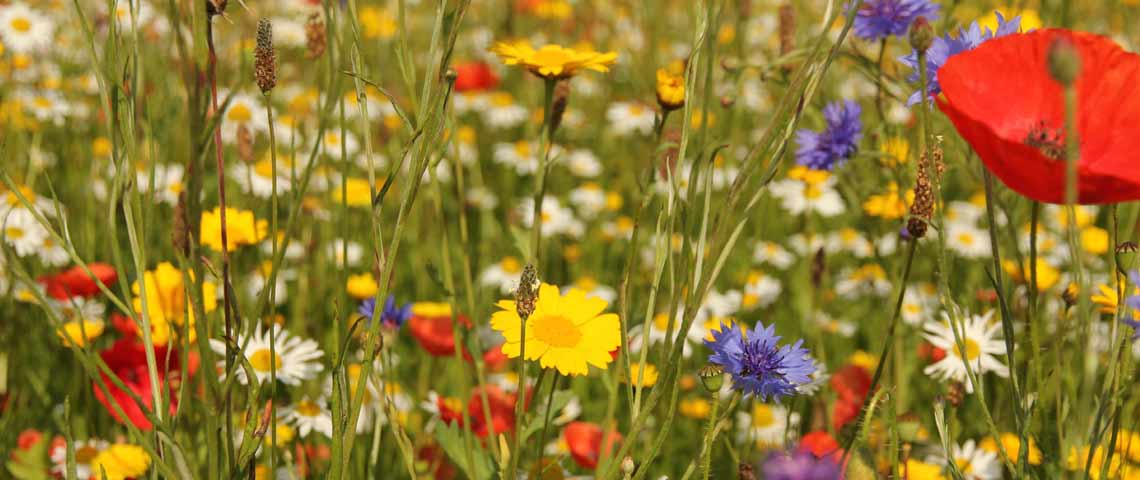How to Grow Tasty Homegrown Vegetables
Planting and cultivating your own vegetables can be a most satisfying experience. Pop a homegrown sun-drenched cherry tomato in your mouth or cut open a vine-ripened watermelon and you'll appreciate firsthand the fruits of harvesting.
Healthy, delicious vegetables take time to grow, however. So, the sooner you plant your vegetable garden, the faster you'll enjoy fresh-from-the-garden produce. Follow these steps to an abundant and delicious vegetable harvest.
Select a Garden Type
A large yard certainly helps when it comes to growing a vegetable garden, but it's not necessary. Choose from one of these three garden types to start a garden just about anywhere.
- In-ground. If your outdoor space allows, in-ground, row planting of your vegetable garden is ideal, because plant roots can then reach far into the soil. Vegetable plants that require a lot of space, such as pumpkins and watermelons, flourish in the ground.
- Raised beds. Installed above ground, raised planting boxes are generally made of wood or recycled plastic and are one to two feet high. Once installed, just fill the box with nutrient-rich planting mix and earthworm castings, which contains natural plant nutrients and iron for vigorous growth and iron. Then, start planting. When constructed properly, raised beds provide plants with excellent drainage. They are also less apt to be overrun by weeds than in-ground beds. Raised beds are a good choice for individuals with mobility issues or those who have difficulty kneeling, and they can be attractive additions to the landscape.

- Containers. If you live in a home with little or no land, or in an apartment with a balcony or concrete patio, you can grow vegetables in containers, as long as you provide adequate growing room and drainage. In general, the bigger the pot, the more soil available for root growth and the better your chance of reaping an abundant harvest. Plant vegetables in a five-gallon (minimum) container or in a pot that is at least 10 inches wide and 12 inches deep. For best results, grow small or dwarf vegetable varieties, such as cherry tomatoes and baby carrots. If you want to grow full-sized veggies, use a container that is at least 20 inches wide, or no smaller than 10 gallons.
Choosing a Planting Site
Location is everything when it comes to growing healthy vegetable crops. Your garden will thrive with the following key ingredients:
- Sunlight. Most vegetable plants require full sun, which means a minimum of six to eight hours a day of direct sunlight. Leaf crops that don't bear fruit, such as lettuce, arugula and spinach, can survive on four hours of direct sunlight a day.
- Water. Vegetables contain a high percentage of water, which means proper irrigation is critical — especially when the plants are very young. Locate your garden in an area you can easily and frequently water.
- Air. Adequate air circulation is required for a healthy garden. When vegetable plants are located in an area that fails to allow for air movement, plants are susceptible to a moist, high-humidity environment that encourages plant foliar disease. Sufficient air circulation dries plants so that disease-causing moisture doesn't remain on leaves long. Avoid planting too close to your house, and don't sandwich your garden between structures, such as a garage and a fence. While good air circulation is necessary, avoid choosing a very windy area for your garden, as this can cause plant damage, such as leaning and uprooting.

Prepare the Soil
The secret to thriving vegetable plants and a tasty harvest is healthy soil. Soil preparation is necessary to ensure that your garden earth is in tip-top shape for planting. Follow these steps to prepare the soil for in-ground planting:
- Till the area with a shovel or rototiller to a depth of 8 to 12 inches, loosening clumps of soil as you work.
- Add a two- to four-inch layer of compost to the soil, and then blend it well with the existing soil. Compost loosens the soil and increases the nutrient content.
- Mix a high-quality fertilizer, such as Alaska Fish Fertilizer 5-1-1, into your planting bed. Water the area well and wait one week before planting, so the fertilizer becomes assimilated into the soil.
For raised beds and containers, add to the planting mix or soil high-quality fertilizer, such as Pennington Rejuvenate Plant Food All-Purpose 4-4-4. Follow package directions carefully and wait one week before planting.
Choose Your Vegetable Plants
For some gardeners, choosing the types of vegetables to plant might be the most difficult task of all! But fortunately, it's easy to grow many varieties in a home garden. To determine the amount of vegetable plants to include in your garden, consider how desired plants grow and produce. For instance, two or three tomato plants might be sufficient for a small family, since the plants produce many fruit. Corn, however, only produces one ear per plant, so several plants might be warranted.
Whether buying plants or choosing seeds, always consider the season. Some plants require heat to grow and produce, whereas others need cool days and nights. Use this chart as a handy reference:

Warm Season: Plant April-May. Plants will produce from May-August, depending on your garden zone.
| Basil | Cucumber | Pepper | Summer squash |
| Bean (All types) | Eggplant | Pumpkin | Thyme |
| Corn | Melon | Rosemary | Tomato |
Cool Season: Plant in February and/or late August. Plants will produce from March-April and September-November, respectively, depending on your garden zone.
|
Arugula (seed directly Beet (seed directly in Broccoli Brussels sprouts |
Cabbage Carrot (seed directly in Cauliflower Lettuce (seed directly |
Parsley Pea Radish Spinach Swiss chard |

Find starter vegetable plants at your local nursery or home and garden center. If you choose to plant from seed, shop early, factoring in an additional six to eight weeks of growing time prior to harvest. Grow seeds in pots placed on a sunny windowsill or under artificial lighting, and keep the soil moist but not soggy. Once seedlings emerge, rotate the container daily so the plants grow straight and strong. Put the seedlings outside when the danger of frost has passed. Remember, if you live in an area with a short summer growing season, you'll need to start heat-loving vegetable plants indoors in the early spring. Check out Getting Started With Plant Propagation to learn more about starting seeds indoors.

Plant Your Garden
Plant vegetables in the early morning or late afternoon to avoid the midday sun. Gently remove the plants from their pots, being careful not to break roots. Plant them so that the roots are completely covered. Pat down the surrounding soil to eliminate any air pockets that may be in the soil. Transplant seedlings in the same manner when they've reached at least two inches high.
Provide Plant Support
Use stakes, cages or wire trellis systems to support plants that vine or climb, such as peas, beans, tomatoes and cucumbers, so that they don't droop and touch the soil. Melons and pumpkins also vine, but because they produce heavy fruit, they should be left alone to grow along the ground.
Water Well
Immediately after planting, irrigate transplants with a solution of water mixed with Pennington Plant Starter. This will help reduce transplant shock and provide plants with key nutrients for healthy growth. While your vegetable plants are becoming established, keep the soil moist but not soggy. Once the plants double in size, gradually reduce watering to twice a week when there is no rainfall.
PEST CONTROL
A well-watered garden can attract slugs and snails, due to the ample amount of shelter it creates. Gardens also contain tender leaves and shoots that slugs and snails prefer to eat. Corry's Slug & Snail Killer can be used in fruit and vegetable gardens, and immediately stops slugs and snails from feeding.
Vegetables are prone to insects and diseases, such as mites, powdery mildew, and leaf spot. Visible signs of damage can be white, fluffy leaves, webs, or holes in leaves. Sevin Sulfur Dust starts killing immediately upon contact, and will not harm vegetables. People and pets may enter the area once dust has settled. Apply a light dusting frequently to keep your garden veggies healthy and free from insect and disease damage.
Conclusion
With a little preplanning, some basic gardening skills and high-quality products, you can enjoy the many pleasures of growing tasty and wholesome vegetables right in your own backyard or on a patio.
Total Time to Plant a Vegetable Garden: 1 to 2 days, depending on the size of the garden and number of plants.
Effort rating on a scale of 1 to 4: 2 - Easy Does It
Time breakdown:
- Select a garden type and planting site: 1 hour
- Prepare the soil: 2 to 4 hours
- Choose vegetable plants: 1 to 2 hours
- Seed vegetable plants: 2 to 3 hours
- Plant: 2 to 3 hours
Always read the product label and follow instructions carefully.
Pennington is a registered trademark of Pennington Seed, Inc.
Lilly Miller and Alaska are registered trademarks of Central Garden & Pet Company.
GardenTech is a registered trademark of Gulfstream Home and Garden, Inc.
Sevin is a registered trademark of Tessenderlo Kerley, Inc.



